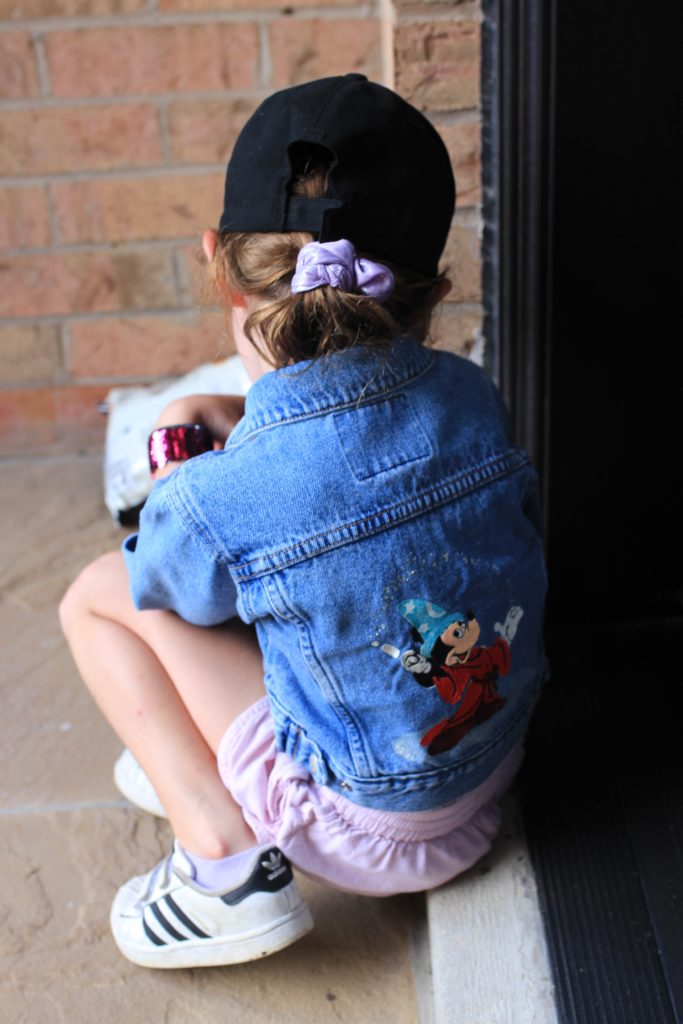Are your children having meltdowns after a long day at camp? Are they purposely picking fights with their siblings? Do they fall to the ground when you tell them “No?” Temper tantrums and meltdowns are common for all kids. The best way to manage meltdowns is to learn why they might be occurring in the first place and implement strategies to support all those tears (from your child, and maybe you as well).
Behaviors serve a purpose
The first step in managing a meltdown is to remember that behaviors serve a purpose. What does this mean exactly? It means that whether your child is screaming, saying “No,” crying or engaging in any other behavior, they are trying to communicate something to you at that moment. Functions of behaviors can fall into four categories; sensory, escape, attention, tangible (SEAT).

What does SEAT mean?
This does not mean that your child is having a tantrum just to annoy you. It means that the behavior you see and hear are their way of telling you that they want something, most likely from you at that moment.
S: to provide oneself with sensory input that may be calming, arousing, or otherwise reinforcing. Or to relieve oneself of discomfort that may be physically painful, uncomfortable, or otherwise aversive
E: to escape or avoid a person, place, activity or item
A: to obtain or maintain positive or negative attention
T: to get access to concrete items or activities
As difficult as it may be in the moment, when your child is having a meltdown in front of you, ask yourself, “What are they trying to communicate to me? How can I respond to support them?”
Upstairs versus downstairs brain
In brain terms, when your child is having a meltdown, he is having an “amygdala hijack.” The emotional part of his brain is reacting to a stressor as if it were a predator, which triggers a “fight, flight, freeze” reaction. This is regulated by the “downstairs” brain. The “upstairs” brain is controlled by logic and we must be this for our kids when the storm hits. For more information on this check out Dr Dan Siegel and Tina Payne Bryson’s book ‘The Whole Brain Child’ or https://www.youtube.com/watch?v=gm9CIJ74Oxw

Setting up for success
You can’t prevent all meltdowns from occurring, but you certainly can do a few things to help minimize the frequency. The first step is to know your own triggers and pay attention to how you respond to your child’s meltdowns. Are you responding with your “downstairs” brain? Remember to take several deep breaths and walk away to regroup if needed.
Is there a pattern?
Remember, you know your child best. Most likely this is NOT the first time they have engaged in a tantrum. If you can predict when the behavior will occur, you can try to prevent it. Does your child need frequent snacks, or they become “hangry”? Do they lose interest quickly during activities? If your answer is “Yes”, then you can always plan ahead and make sure you have lots of snacks and items on hand. Monitoring patterns of trigger that cause the negative behavior can help avoid possible future meltdowns.
Don’t be a vending machine
We all learn based on different consequences that occur. For example, I am sure you know how to operate a vending machine. You put your money in, push a button, and voila, your candy bar (or bag of ships if you prefer salty treats) is dispensed out. But what happens when you push the button and no candy bar comes out? I bet you don’t initially walk away. You are more likely going to push that button again, this time with a little more force. Some of you may even be tempted to nudge or shake the machine. What happens if this new behavior results in getting the candy bar? Well, you have just learned that in order to get what you want, you need to persist a little more and up the anti. Guess what? Your child knows this too. So, the next time your child is pushing your buttons, don’t be the vending machine.
Reinforce, reinforce, reinforce!
Reinforcement is so important, especially for kids. Praising your children or providing them with a desirable item AFTER they have engaged in a desirable behaviour is considered positive reinforcement. Reinforcement teaches children that they are doing a great job, will get rewarded, which then increases the likelihood that they will repeat the desirable behavior without you having to ask them.
Managing your child’s meltdowns takes time, love and patience. There is no “one size fits all” approach. The process involves knowing your child, planning and sticking to your game plan.







